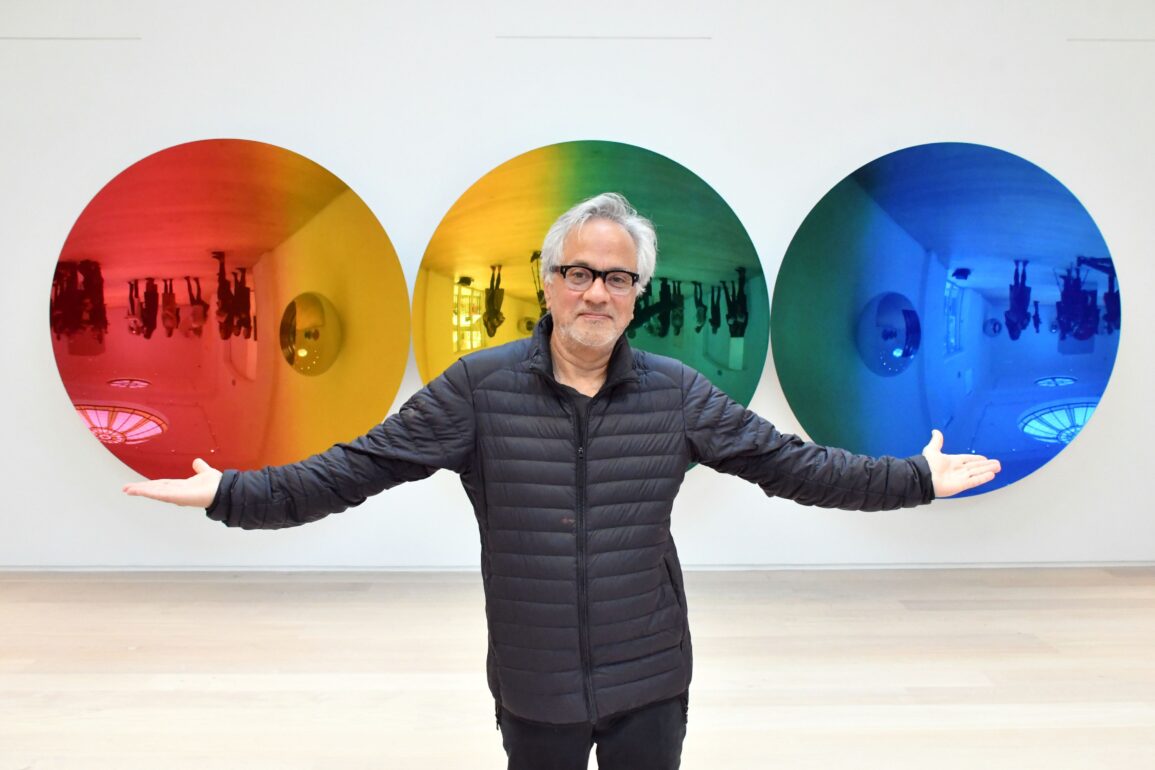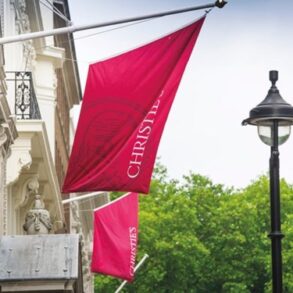The sale of the British Council’s art collection to pay off a £200 million debt to the government will have a “detrimental” impact on the arts, three Turner prize winners have warned.
Sir Anish Kapoor, Jeremy Deller and Richard Deacon have criticised the government after The Times reported the British Council faces selling its collection, which includes work by Lucien Freud, David Hockney and Dame Barbara Hepworth, to pay for a pandemic-era emergency loan from the Foreign Office.
Kapoor, one of the world’s most celebrated sculptors who was awarded the Turner prize in 1991, said it was a “tragedy that the collection is to be sold to pay off what is an insignificant debt in government terms”. The artist, 70, said selling the art would be “short-sighted and weak-minded”.
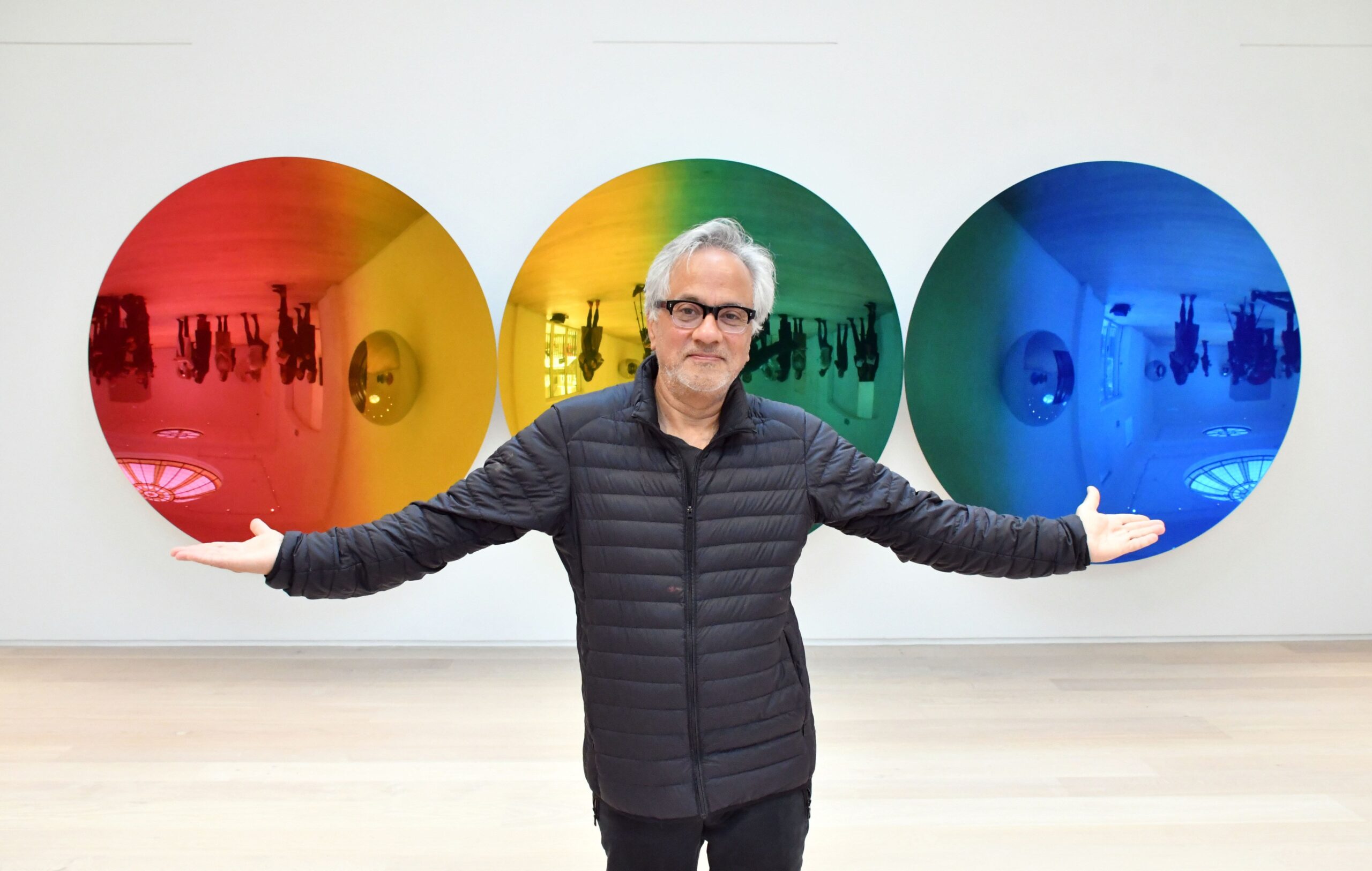
Kapoor with his sculpture Red to Blue, a set of three concave stainless-steel discs
NILS JORGENSEN/REX FEATURES/SHUTTERSTOCK
The council, founded in 1934, is little known in the UK but is key to promoting British culture abroad, reaching nearly 600 million people last year. It claims to be the world’s largest English language teacher.
It makes 85 per cent of its income through commercial means, classes and running examinations. The rest comes from the government.
Advertisement
The council describes the art collection as a “museum without walls” because a large proportion is loaned to exhibitions and galleries around the world.
Last month Scott McDonald, the council’s chief executive, told MPs the non-profit organisation faces “financial peril” if drastic measures are not taken to cut costs. He said that bosses at the council, which is under a “constant threat of insolvency”, were looking at selling its centres overseas as well as artwork to pay off the remainder of a £250 million loan, which is subject to an interest rate charged at £14 million a year. The outstanding debt is £197 million.
Half of the council’s £200 million collection of 9,000 artworks is protected by agreements made with artists who donated work on condition that it would never be sold. The rest have no such restrictions as they were purchased privately, often at a significant discount.
Kapoor said: “The present government must not carry forward idiotic policies put in place by Boris Johnson and his culturally unaware Tory government.”
He added that the British Council had done “wonderful work” to support artists working in Britain, including at the Venice Biennale and other international exhibitions.
Advertisement
Deller, whose works include sending silent men dressed as First World War soldiers into public places to memorialize the battle of the Somme and re-enacting the Battle of Orgreave, the South Yorkshire miners’ 1984 clash with police, said the potential sell-off shows a “lack of confidence in an organisation”, adding: “It’s like a fire sale.”
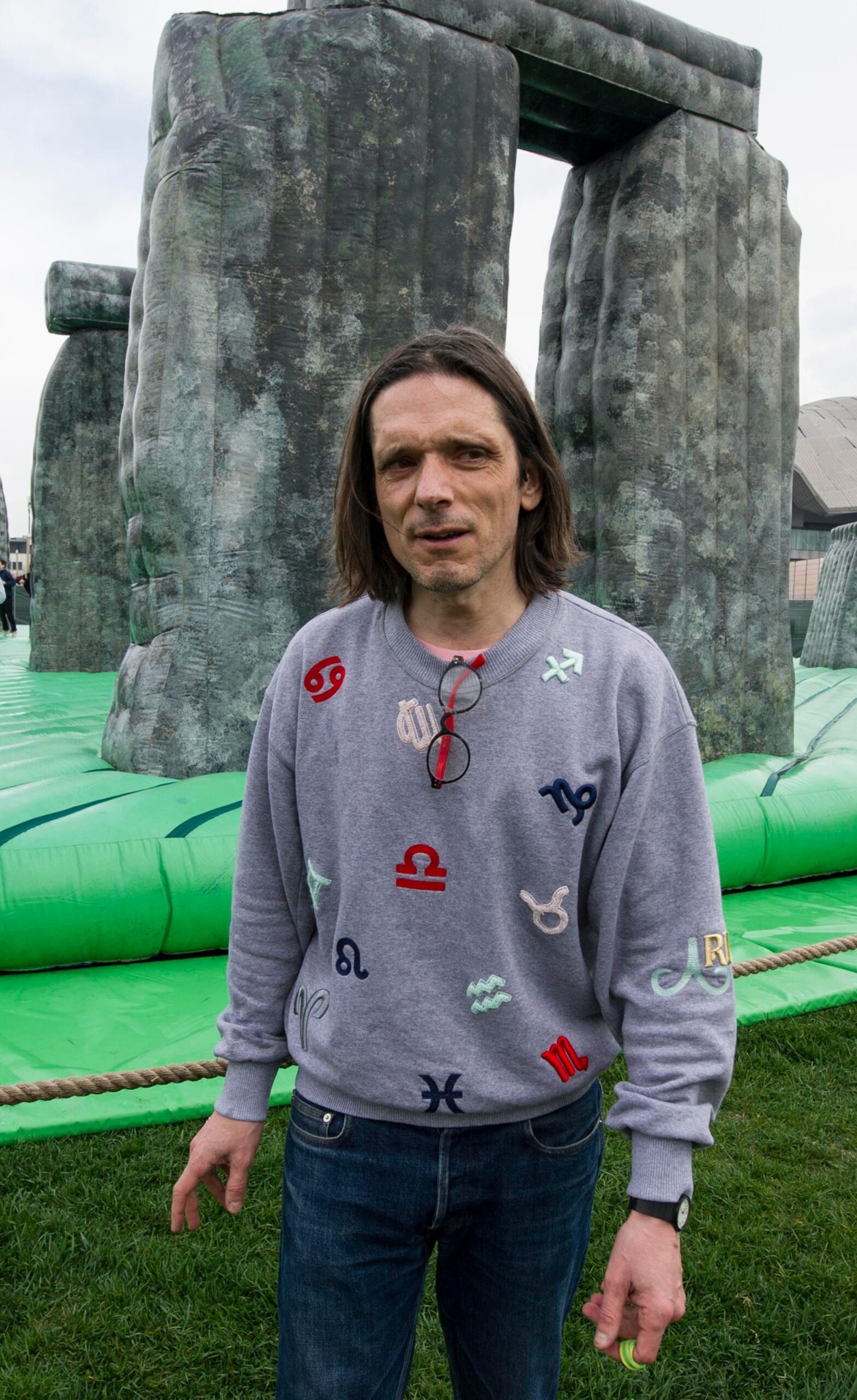
Jeremy Deller’s other works include an inflatable Stonehenge
REX
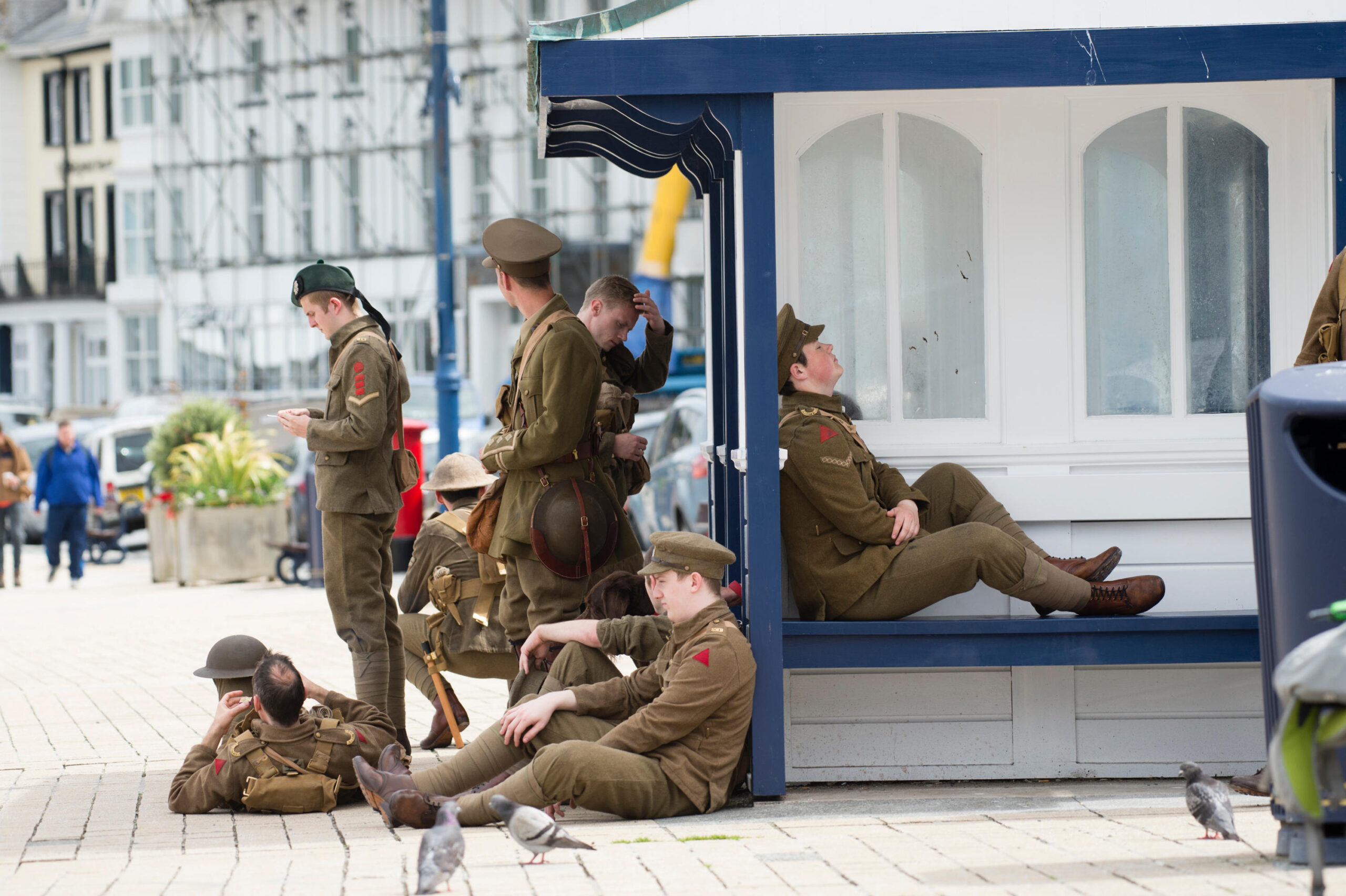
His First World War centenary project involved men in uniform across the country
ALAMY
Deller said: “Once you start you might not be able to stop. Timing wise it’s probably a bad time to sell art anyway. There is so much money swilling around the art world but very little for the institutions that have historically supported artists at an early stage in their careers.”
Deacon, a sculptor who won the Turner prize in 1987, said the sale represented the “thin end of the wedge” if it led other institutions, such as local councils, to use their art to make up budget shortfalls.
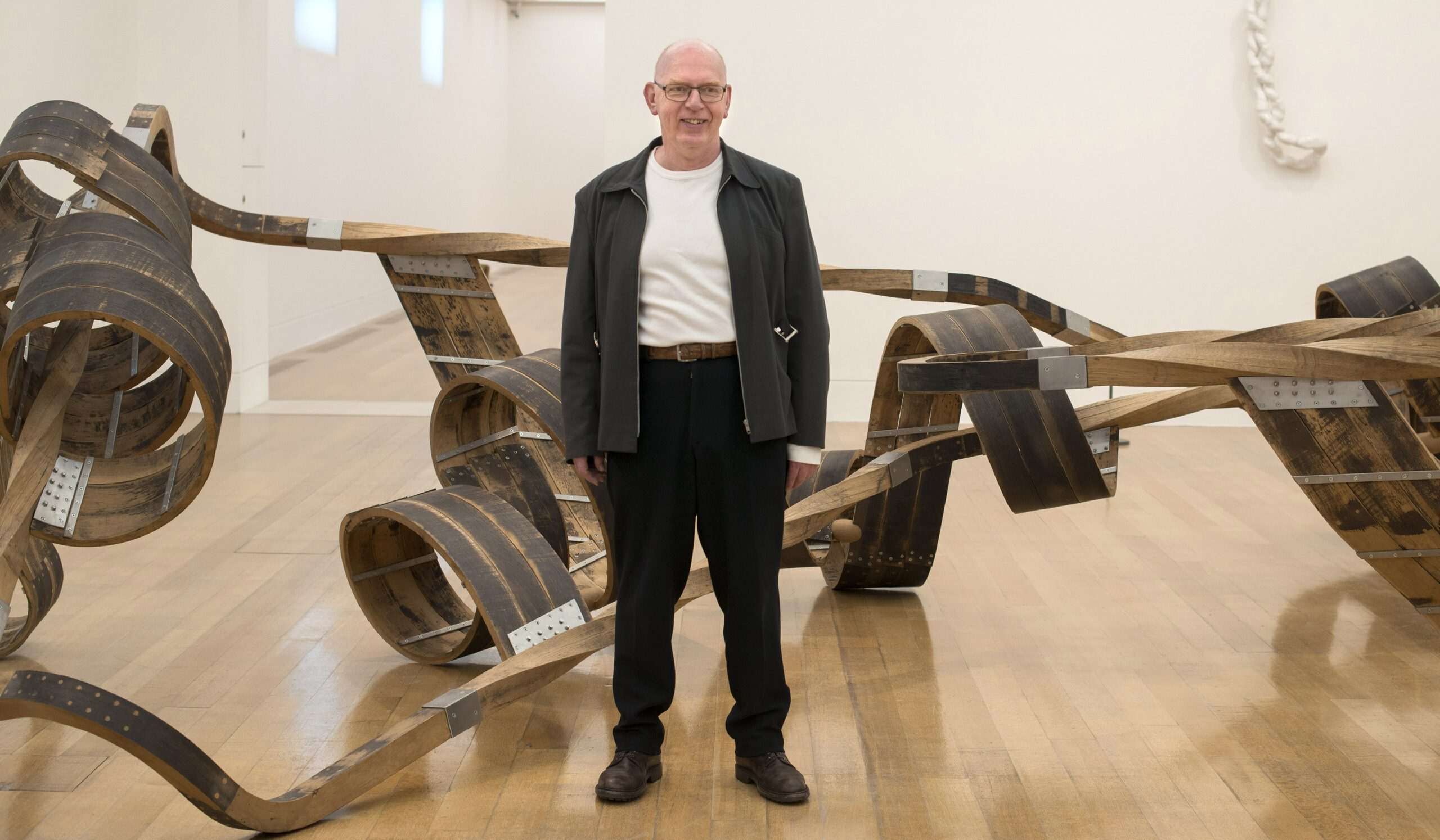
Richard Deacon
REX
He said the British Council funded exhibitions which had been “foundational” for generations of artists, adding that it was “extremely short-sighted” to “punish” it “for what is an accident of its own success” in raising the majority of its funding via commercial means.
Jenny Waldman, the director of Art Fund, which raises money for the UK’s museums to buy works of art, said: “Institutions like the British Council are custodians of these treasures, but the true owners are the public. These collections are not commodities to be cashed in during tough times; they are precious cultural assets, held in trust for future generations.
Advertisement
“The financial challenges threatening the future of the British Council and its role showcasing British culture are very concerning, but if we lose our great collections for short-term gain, we’ll never get them back.”
The British Council has a long history of championing young British talent, and bought many of its works from artists at the start of their careers.
It organised an exhibition of Henry Moore’s work in Florence that attracted more than 250,000 visitors in 1972. The sculptor once said: “The British Council did more for me as an artist than any dealer.”
In 2022, Sonia Boyce won the top prize at the Venice Biennale, the Golden Lion, for an exhibition organised by the council.
This post was originally published on this site be sure to check out more of their content



